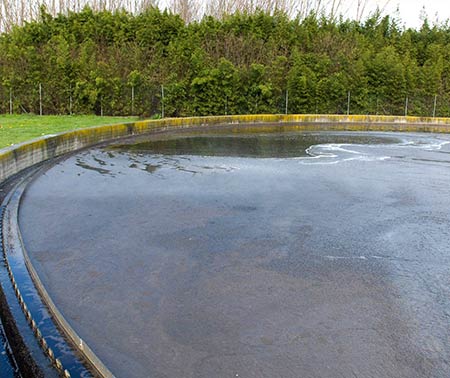
History has shown that specialization and mass production can offer great benefits to the productivity of individuals and society. Concentration on one thing leads to greater skill and efficiency in that focus area.
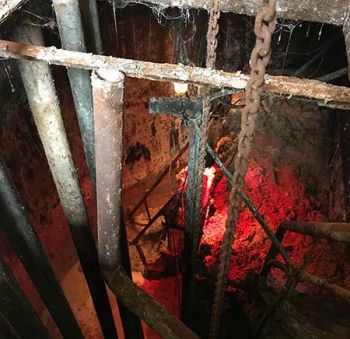
in its pumping station using biological treatment.
(Image courtesy of IB Kashirskaya)
Unfortunately, it almost always seems to have some sort of negative side effect—for example, athletes or laborers may experience overuse injuries, or densely populated cities may face increased public health risk factors. This is not to say concentrated effort should be avoided but that corrective measures should be taken to offset common difficulties that arise.
This is especially true for mass production in the food industry, where restaurants and dairies along with vegetable, fruit and meat processors generate large amounts of waste with high concentrations of fat, protein or plant-based material. These higher loads of organic waste may lead to slower biodegradation, bad odors and fees for not complying with contaminant discharge levels. While specialization may have caused these problems, it can also solve these problems by the targeted use of bioaugmentation and biostimulation strategies.
Wastewater Biodegradation Basics
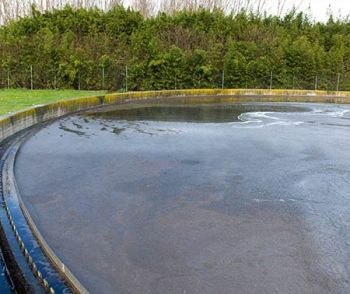
Biodegradation happens when microorganisms digest and feed off waste materials, breaking them down into simpler compounds and releasing carbon dioxide and water as byproducts. This is a naturally occurring process that happens all over the world, out in nature, in the wastewater treatment plant and even in drains and grease traps. It becomes a problem when there is an overload of organic matter such as vegetable waste or fats, oils and greases (FOG).
This high-organic loading is measured by an increase in biological oxygen demand (BOD) or chemical oxygen demand (COD). The more waste, the more oxygen is needed to complete aerobic digestion. Without sufficient oxygen, aerobic digestion slows, and anaerobic processes begin. Anaerobic conditions are associated with a decrease in critical nitrification activity and an increase in malodorous compounds such as ammonia, hydrogen sulfide (H2S), mercaptans and volatile fatty acids.
High-organic loading also makes it difficult for industries and wastewater treatment facilities to meet acceptable levels of total suspended solids (TSS), total dissolved solids (TDS), and BOD/COD in their effluent. Industries that do not meet these requirements face additional wastewater processing fees that are a great incentive for pretreatment using bioaugmentation or biostimulation.
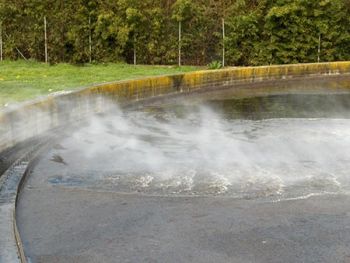
Benefits of Bioaugmentation & Biostimulation
Bioaugmentation involves adding microorganisms to wastewater to accelerate the digestion of organic material. This is effective when the microorganisms are selected based on a special aptitude to degrade specific waste types or perform other biological functions. For example, bacteria that are more efficient at producing lipase will be of special interest to those dealing with wastewaters high in fat (lipids) content.
Biological products containing nitrifying bacteria can be added to wastewaters dealing with high ammonia concentrations. Sometimes simply adding “biostimulants”—macro- and micronutrients—will help the existing microbial population to flourish and be more effective. Biological products and nutrients can be added either directly to the effluent before it leaves the food processing facility in order to avoid surcharges, or they can be added at the wastewater treatment facility to remedy plant imbalances.
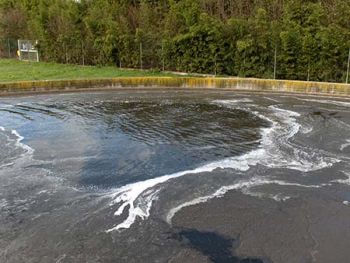
Vegetable, Fruit & Starch Processing Wastes
Vegetable, fruit and starch processors face several industry-specific challenges. These wastes come from various steps in production (e.g., washing, peeling, juicing, cooking, etc.) and are characterized by high TSS, high TDS and high COD/BOD. Depending on growing seasons, these may overload the system even more at different times throughout the year, requiring additional microorganisms to assist in biodegradation.
Because of higher levels of cellulose or starch in various fruit, vegetable and starch wastes, it is ideal that the biologicals selected are strong on cellulase and amylase production to speed biodegradation of these tougher components.
Fruit processors may face problems with fluctuating wastewater pH levels that are not suitable for microbial activity. Acidic fruits tend to lower the pH, while the use of lye to peel certain fruits can give wastewater a high pH. Usually, the pH is neutralized to carry on effective biodegradation at wastewater treatment plants.
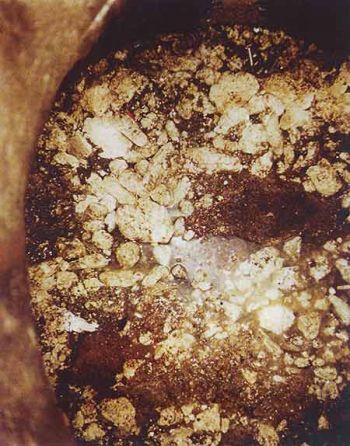
biological treatment
Other times, industries can simply select biological products that are well-adapted to pH fluctuations or contain microorganisms adapted to acidic conditions. Since fruit processing tends to foster filament formation (which can make sludge float rather than allowing it to settle properly1), these industries may also want to look for biological products suited to filament control.2
High Fat & Greasy Food Processing Wastes
A broad range of food industries—from restaurants to meat and dairy processing facilities—are faced with high levels of FOG. Good lipase producers are important for targeting lipids in these applications, as well as high lactase and protease producers for digesting the lactose and proteins in dairy waste.
Grease traps are one big problem area where FOG buildup causes bad odors and requires pumping. Fortunately, odor and grease can be kept under control by adding the appropriate biologicals and nutrients into drains or directly to the grease traps. Restaurants have found this to be beneficial, as well as a poultry farm in Russia that had bad odors coming from its fat-filled pumping station. They began adding biologicals in March 2020, and by the end of April, the fat volume had decreased and the odor disappeared.3
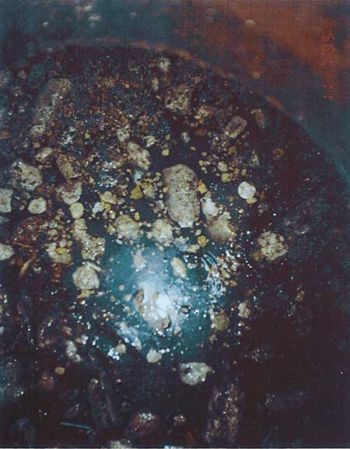
biological treatment
Accelerated grease digestion is also an advantage for municipal wastewater facilities that process food waste. A good example of this is a large European wastewater treatment plant fed heavily by food industry waste. The plant had an obvious grease collar that was giving off bad odors as it floated on the wastewater in one of the aeration tanks. Spraying the surface with a biological product produced an immediate effect on the grease and also enabled them to reduce COD to acceptable levels for discharge into the river.4
When it comes to treating food processing waste, specialization often results in bad odors and high organic waste loads. Bioaugmentation and biostimulation are excellent tools to counter these problems and boost natural biological processes, especially by concentrating on specific types of waste and the microorganisms that degrade them best.
References
1. Marina A. “Filamentous Bacteria–Problems and Solutions.” The Water Network by AquaSPE, 2017. Accessed 7 July 2020 at www.wtp-operators.thewaternetwork.com/article-FfV/filamentous-bacteria-problems-and-solutions-r94HLW1n20o4ygPMhB7D4A.
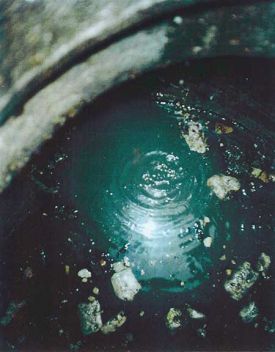
2. Bionetix International — www.bionetix-international.com/wp-content/uploads/2019/11/bcp56.pdf.
3. IB Kashirskaya. Personal email. 7 July 2020.
4. Mario Albano. Personal email. 7 July 2020.

